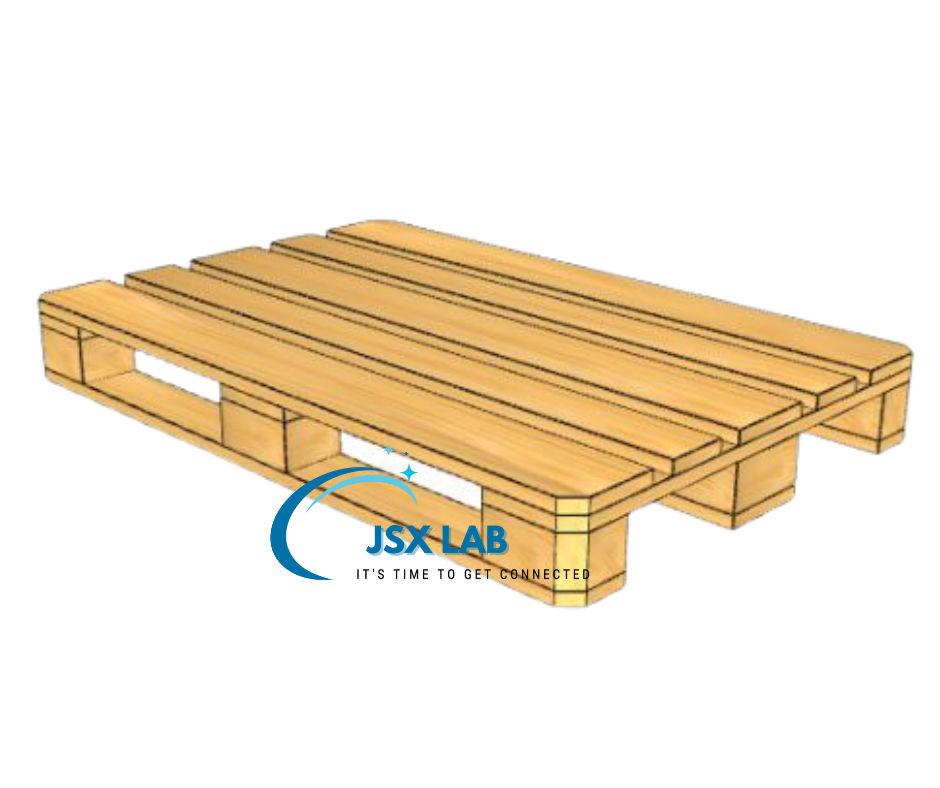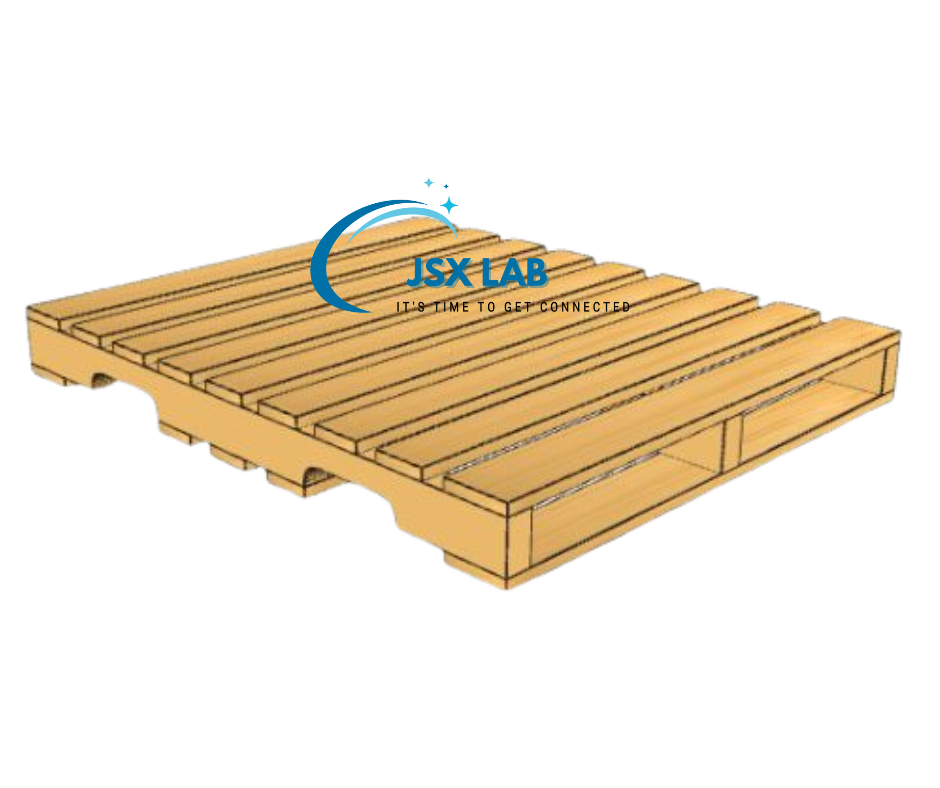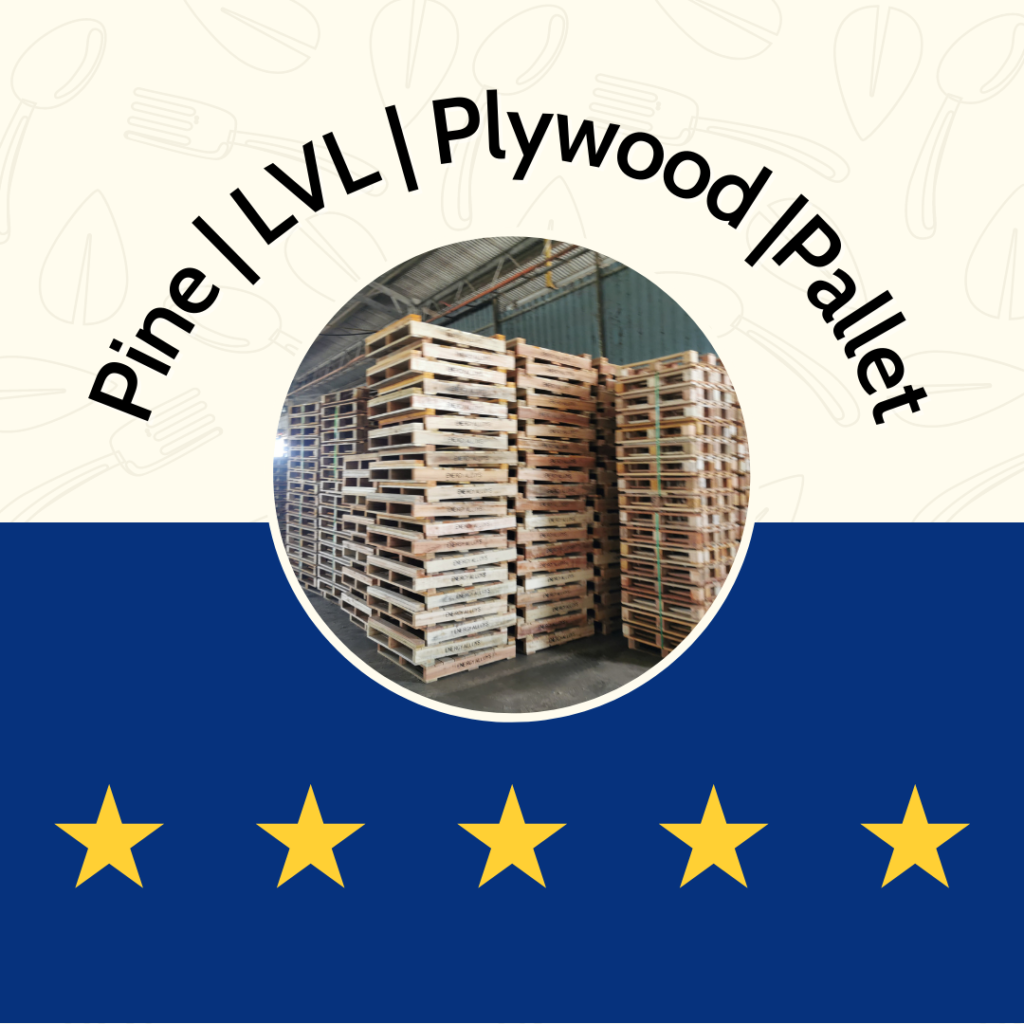Top 10
Do you know a 4 Way Pallet?
Making the right choice for your pallet needs is critical to every aspect of your supply chain. Many people do not understand the 4-way pallets. To the untrained eye, a pallet is just a pallet. Your first step in making the right choice for your organization is to understand the difference between these two options.

Pallet History
Pallets started out as skids. Pallets like much everything else were invented out of necessity. Before wooden pallets, cardboard boxes and simple wood skids were used. At some point in the 1920’s, someone figured out that if you took a wooden skid and added some stringers with an additional platform the result was a far more durable shipping option. WWII introduced the 4-way pallet as a more secure transport means for war supplies. They have not changed much since their original design. Today there are literally billions of pallets in circulation designs. They are found in every warehouse around the globe and across every supply chain. These humble tools have revolutionized how supply chains operate and how goods are stored and delivered.
Pallet Basics
Here are some pallet facts about both types of pallets:
- Typical construction is wood, although they are also available in plastic. Wood pallets whether they are 2-way pallets, or 4-way pallets can be heat treated, raw or constructed of reclaimed wood.
- They vary in size. Standard pallet sizes vary around the globe. The ISO standards are as follows:
| Dimensions, mm (W x L) |
| 1200 x 800 |
| 1000 x 1200 |
| 1140 x 1140 |
| 1200 x 1200 |
| 1100 x 1100 |
| 800 x 600 |
The above sizes denote the standard sizes but there are always customizable options as well. Pallet sizes are standardized to ensure that service is not interrupted within the supply chain.
- Every pallet has a “deck”. There are two decks on every pallet an upper deck and a lower deck.
- Every pallet has “stringer boards” or “blocks”which is the support system for the deck. It is constructed of cross beams and blocks to support the deck.
- Fork entry spaces. The fork entry spaces are made for a forklift to make an easy entry into the pallet for lifting purposes.
The above are the basics of every pallet. Pallet design has changed very little since WWII when they first were designed to get supplies to troops.
4 Way Pallets (Block Pallets)
4-way pallets offer entry from all four sides with a forklift as well as a pallet jack, this can be a huge advantage when it comes time for loading and maneuvering the pallets. 4-way pallets are favored for their heavy load capabilities as well as their versatility. There are primarily three types of four-way pallets, fully reversible, non-reversible and perimeter base pallets. They are constructed either with a perimeter base with three boards at the base or a complete perimeter at the base. The first type with the three boards is typically referred to as legged pallets. True four-way pallets are constructed using a block system to give them the added strength that they need to be lifted on all four sides.
Benefits of these types of pallets include:
- They can be used with either forklifts or pallet jacks to maneuver.
- They are a great option for very heavy loads and for warehouses that cannot manage the maneuvering that is required for the 2-way pallets.
- They can easily be repaired.
One of the key benefits of the 4-way pallet is the ease with which it can be moved. It can easily be moved onto shipping containers, around the warehouse and other supply chain destinations.
The “Other” Group of Pallets
In some cases, a stringer pallet is notched giving it a sort of 4-way pallet capability, while it is not a true 4-way pallet it can be used as one. The benefit of this group of pallets is that the cost remains relatively low to manufacture because it is sans the blocks that are found in a true 4-way pallet, but it can act as a four way.
The Tradeoffs
There are tradeoffs between a 4-way pallet and a 2-way pallet, this is where some expert consultation can come in handy. But the 4- way pallets are a lot more convenient when it comes to handling. The 2-way pallets are generally considered more durable which means you will get more use out of them, but again they do take more time to maneuver so the cost savings may not be worth the lost amount of time in the warehouse and other areas of the supply chain, this is something that you will have to decide.

How Do You Decide Which Pallet is Best?
Now that you have some background information about the differences and similarities are there are a few consideration that you need to make to decide which pallet is going to be best for your operation.
Ask yourself the following:
- Where is my supply chain traveling?
- How are the pallets being shipped?
- What equipment will I use to move the pallets?
- How much weight do I need to load on the pallet?
- Do I want a pallet that can be used over and over?
Considering where your supply chain travels is a good place to start when you are choosing which pallet is the right one for your operation.
It is important to consider the ease of shipping when you are choosing your pallets. If your goods travel by freight then a good option would be a 4-way pallet for ease of transport.
Do you have the equipment to move the pallets around? A forklift is one of the best ways to maneuver pallets and it is the most common way to maneuver pallets. It is the safest way to move pallets. If the majority of your supply chain uses forklifts then the 4-way pallet makes the most sense.
How much weight does your average load contain? Choosing the right pallet is critical to ensure the safe transport of your goods.
4-way pallets are easy to repair so if reuse is an important part of your supply chain plan then a 4-way pallet is the best option.
Here at JSX Lab, we can customise all type of pallet to your business need with our 18 years experience in the industry, we are also supplying of pine wood, plywood, and LVL materials, including timber to customers around Malaysia and Singapore. Our business is built on four main principles: stock availability, quality products at competitive prices, fast delivery, and great customer service, all of which set us apart from our competitors. For more information about our range of products and services, and what we can do for your business, simply get in touch with our friendly team of experts today. We’ll be happy to help, whatever the inquiry.


Pingback: Buy New Wooden Pallet Malaysia Johor
Pingback: You know The Manufacturing Process of Plastic Pallets - JSX Lab